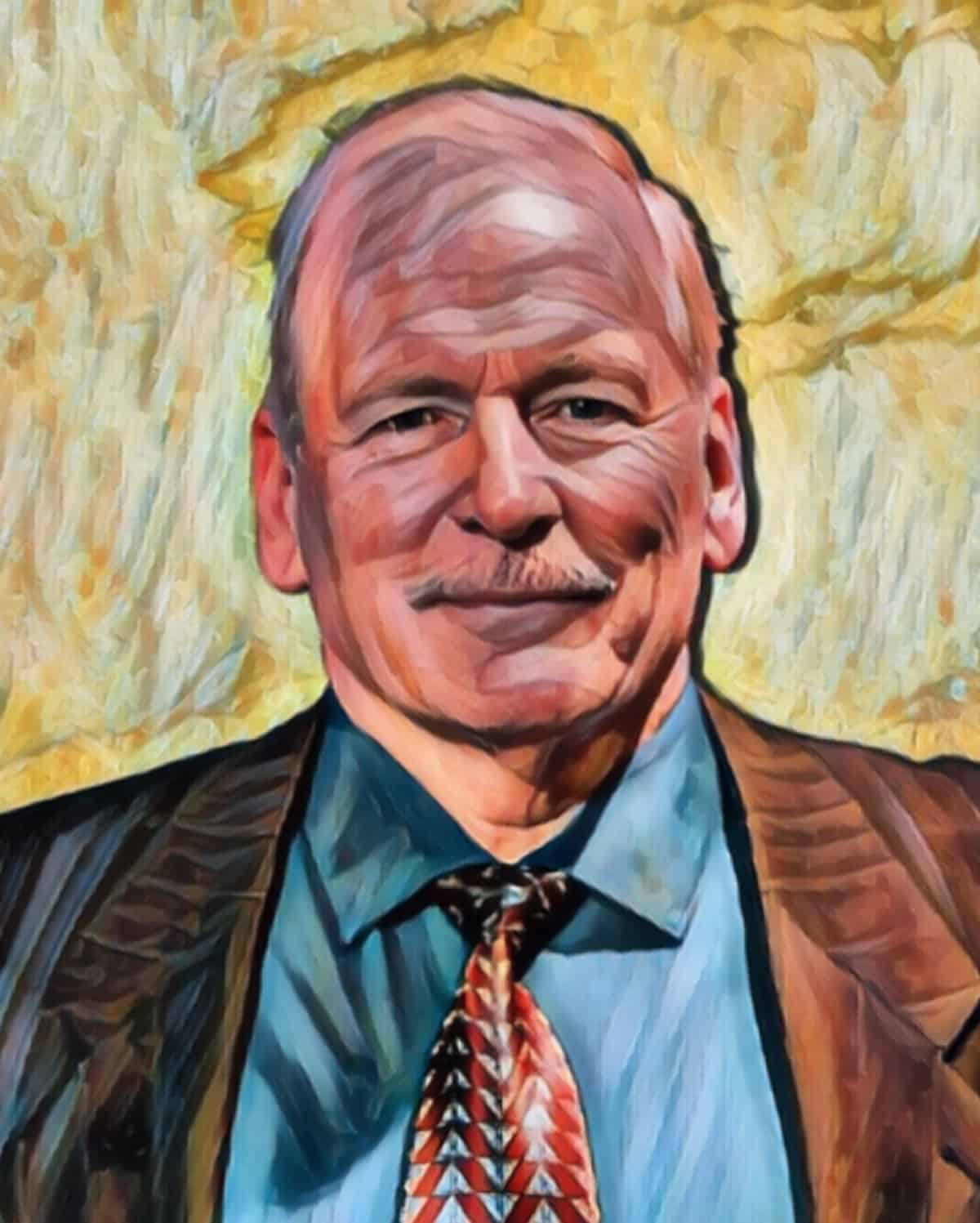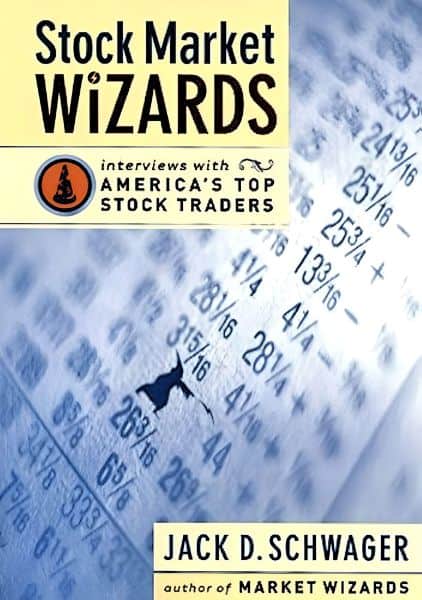Mark D. Cook was a legendary investor featured in Jack Schwager’s Stock Market Wizards. Originally a farm boy from Ohio, Cook made millions in the market and also won the 1992 U.S. Investment Championship with an astounding 563.8% return. He specialized in technical analysis, options trading, and pattern recognition. The following is a breakdown of Mark D. Cook’s trading strategy along with some of his timeless market wisdom.
Mark D. Cook On Overcoming Losses
Despite experiencing significant losses while learning to trade, Cook remained resilient. One notable instance was in 1982 when he sold naked calls on a stock, causing his account to plummet from $165k to a negative balance of $350k in a matter of days. The cumulative loss to all the accounts he was managing during that period totaled $815k.
However, Cook’s determination paid off as he successfully recovered all his losses within five years. He explained this major blow up in Jack Schwager’s Stock Market Wizards:
I was the second from the top first year-broker nationwide for the firm. In 1981 I worked out a system for selling options when their premiums seemed too high and found someone to program the rules for me. Every week, the program would spit out a list of potential trades. Since I was selling options that were well out-of-the-money, they almost always expired worthless. By May 1982, I had built my account up to $115,000. I reached greater depths of greed. I thought that I’d perfected this and it was working great. I stepped up the trading in my account and my family’s accounts. That month I made an additional $50,000 using the same strategy. In June 1982, I decided to step up my trading even more. One week that month I ran my program, and the computer printed out a list of trades involving Cities Service. The stock was trading at $27 at the time, and the 35, 40, and 45 call options were selling for premiums far above the model-implied prices, with only about a week left before expiration. I couldn’t believe the prices; I felt as if they were giving me the money. I sold hundreds of these options. I still remember that on June 16, 1982—one day before the day that will live in infamy for me—I tried to sell an additional hundred options at a specific price right before the close, but I didn’t get filled. The next day, they announced that Cities Service was going to be bought out for $20 more than my highest strike price option. They shut down trading in the stock and options for the rest of the week and didn’t resume trading until after the option expiration. Of course, the options got exercised and by the time the stock started trading again, I was down $500,000. […] that was just my account. I had gone from $165,000 at the start of June to a deficit of over $350,000. In addition, I had lost over $100,000 apiece in accounts I had for my mother, father, and aunt. […] My parents gave me $200,000, and I borrowed the remaining $150,000, using my farm as collateral. There is nothing more debilitating than borrowing money to put into a brokerage account to bring it up to zero. I was only twenty-eight years old at the time, and I was determined to claw my way back. I worked fourteen-hour days. I would get up at 5:30 A.M., milk cows until 9 A.M., clean up, go into the office, and work as a broker until 5:30 P.M. When I came home, I changed clothes, went out into the barn to do the milking, and then came back in at 9 P.M. to eat dinner and go to bed. In essence, I was working two full-time jobs. I kept this routine up for five years until I sold the dairy operation. […] A number of people advised me to declare bankruptcy, but I wouldn’t do it. When I look back at it now, I realize that declaring bankruptcy would probably have been the right business decision. But I wouldn’t be the trader I am today if I had done it, because that would have been admitting defeat.
Market Wizard Gary Bielfeldt highlights the importance of avoiding substantial early losses in your trading journey. It becomes significantly harder to bounce back if you fall too far behind. A common tendency among new traders is to take excessively large risks in the beginning while neglecting the importance of being selective, just as Cook unfortunately did.
Mark D. Cook On Drawdowns and Risk Management
Whenever I am down, the frequency of my trading steps up.[…] I increase my activity, not my exposure. In fact, the first thing I do when I’m losing is to stop the bleeding. That’s why I have this sign on my computer. [He points to a sheet that reads GET SMALLER.] I don’t get out of the trade that is hurting me completely; I just reduce the position size. Then the next trade that I do, I feel compelled to make money. It doesn’t matter how much. The point is to rebuild my confidence. Even if I only make a few hundred dollars on that trade, it shows that I can still make money. Once I have a winning trade, I’m ready to go again. […] Hope should never be in your vocabulary. It is the worst four letter word I know. As soon as you say, “Boy, I hope this position comes back,” you should reduce your size. […] Never increase the size of your positions on a winning streak. Otherwise you guarantee that you will have your largest position on a losing trade.
Market Wizard Bill Lipschutz shares a similar approach, believing that reducing your position size in a drawdown not only protects your money, but also helps you remain emotionally stable. The key is to keep your losses small so you can get yourself in a better state of mind to get back on the horse.
Mark D. Cook’s 1 Million Dollar Trade
It took Cook 5 years to recover the $350,000 trading deficit from the Cities Service trade. He was breakeven for a few years and then had a slightly profitable year, but his legendary trade was still yet to come:
The big year was 1987. When I say that, people automatically assume that I must have been short during the October crash, but I actually made most of the money during the bull market earlier that year.[…] In May 1987 I saw what I believed was a phenomenal buying opportunity in stock index call options. Two factors had converged: my cumulative tick indicator was giving extremely bullish readings, and the decline in volatility had made the option premiums very cheap. My grandfather used to tell me, “Buy things when people don’t want them, and sell things when people want them.” I put $55,000 into long-term, out-of-the-money stock index calls that were trading at ½ to 5 /8 . […] I bought well over a thousand options. During the next few months, stock prices exploded and the volatility shot up —a combination that caused the value of my options to soar. Ever since the Cities Service disaster in 1982, I had wanted to demonstrate to my parents that I wasn’t a failure. On August 7, 1987, I went over to see them. I told them, “I’m trading options again.” “Oh no!” exclaimed my dad. “What is the bad news this time?” “Well, Dad, that is why I’m here,” I answered. “Why do you trade those things, Mark? Didn’t you learn your lesson? Do you have a problem again?” “Yes, I have an income tax problem,” I answered. “The calls I bought are worth $750,000.” “How much did you invest?” my father asked. “Fifty-five thousand dollars,” I answered. “Gosh, take it!” he said. “No,” I said, “they are going up more tomorrow.” The next day I cashed out the position for a $1.4 million-dollar profit.
Cook’s story demonstrates how he discovered a trading edge and capitalized on it. A trading edge is an advantage that increases the likelihood of successful trades. It could be superior information, specialized technology, or psychological resilience. To find your edge, analyze market inefficiencies and exploit them strategically. Success lies in applying your edge frequently, as it maximizes profit potential.
Mark D. Cook On Market Journals
In November 1991, I signed up for the 1992 U.S. Trading Championship, which by that time had expanded from a four-month to a one-year contest. In preparation, I researched all my past trades back to the 1970s to find out why I had made money and why I had lost money. I found that Tuesdays were my best day and Fridays my worst. […] Because it takes me a little while to get warmed up. Mondays I am just getting back into gear, and by Tuesday I’m ready to roll. By the time I get to Friday, I’ve exhausted my energy, and if I have done well for the week, I just don’t have the drive and zeal. So what did I do in 1992? I didn’t trade on any Fridays, and I traded more aggressively on Tuesdays. […] It was the best thing that I ever did. That’s when I became a very proficient trader.
Recording your trade data and analyzing it is crucial to improving your P&L. You’ll find both technical and psychological shortfalls that you can optimize to make your strategy more profitable.
If you want more lessons from legendary investors like Mark D. Cook, check out our free guide on the strategies of the most successful traders here.










